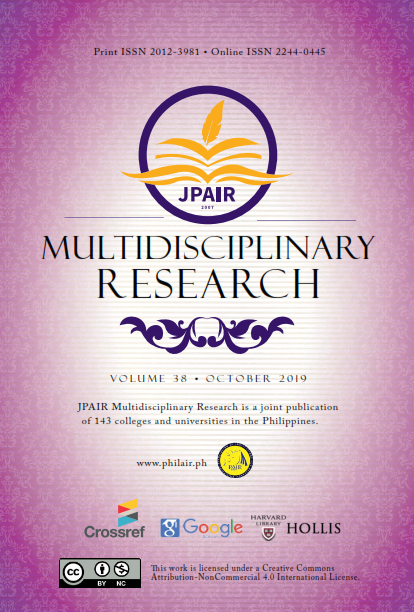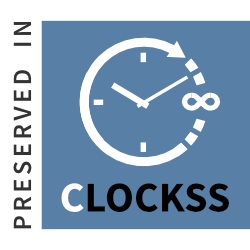Ang Pag-Aruga sa Di Tunay na Kanila: Factors Affecting Foster Carers to Foster Care a Child
DOI:
https://doi.org/10.7719/jpair.v38i1.726Keywords:
Psychology, factors, foster carers, foster child, foster care, descriptive design, Baguio City, La Union, Pangasinan, PhilippinesAbstract
If parents are unable, unwilling, or unfit to take good care of a child, the child might be better in a new home environment. An alternative way called foster caring, which is given by foster carers would likely take place. In this regard, the study determined the factors affecting foster carers to foster care a child and identified the more prevalent factors. The study considered both formal and informal foster care systems. The study was quantitative and employed a descriptive design. The researchers went to Baguio City, La Union, and Pangasinan to gather data, but only eight respondents from Pangasinan participated in the study. Inventory questionnaires were utilized wherein Mean Analysis and Analysis of Variance were used in the analysis and interpretation of data. All the factors namely Altruism, Companionship for One’s Child, Life Dissatisfaction, Desire to Derive Income, Desire to Nurture a Child, Identification with Deprived Children, and Need to be Needed affect foster carers to foster care a child. However, there were only four prevalent factors which are Altruism, Life Dissatisfaction, and Desire to Nurture a Child, and Need to be needed. In conclusion, the factors which affect foster carers to foster care a child play a significant role in the child’s welfare and development.
Metrics
Downloads
References
Buckles, K. (2013). Adoption subsidies and placement outcomes for children in foster care. Journal of Human Resources, 48 (3), 596-627. Retrieved from doi: 10.3368/jhr.48.3.596
Downloads
Published
Issue
Section
License
Copyright (c) 2019 William Jo Se M. Billote, Gericka Mae M. Dizon, Jarrah Kay S. Fernandez, Rhose Ann A. Narvasa, Hannah Q. Viernes

This work is licensed under a Creative Commons Attribution-NonCommercial 4.0 International License.
Open Access. This article published by JPAIR Multidisciplinary Research is licensed under a Creative Commons Attribution-Noncommercial 4.0 International (CC BY-NC 4.0). You are free to share (copy and redistribute the material in any medium or format) and adapt (remix, transform, and build upon the material). Under the following terms, you must give appropriate credit, provide a link to the license, and indicate if changes were made. You may do so in any reasonable manner, but not in any way that suggests the licensor endorses you or your use. You may not use the material for commercial purposes.

























